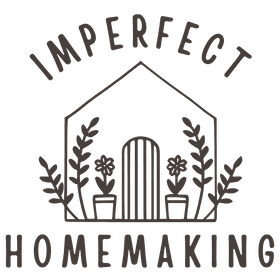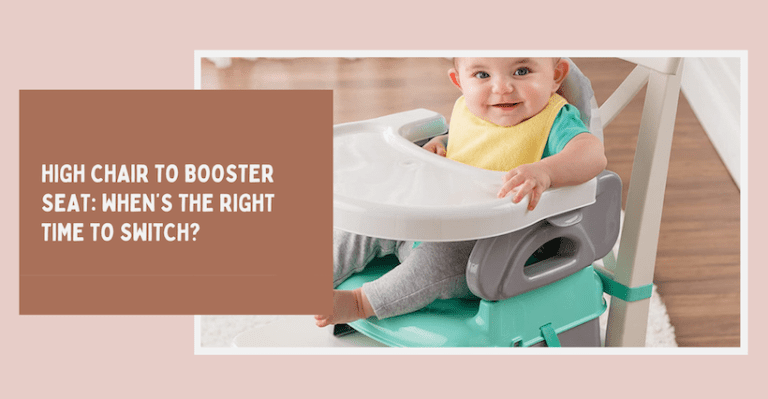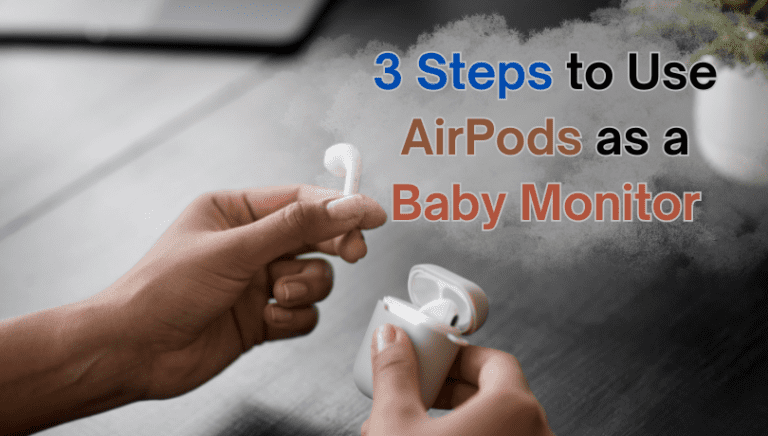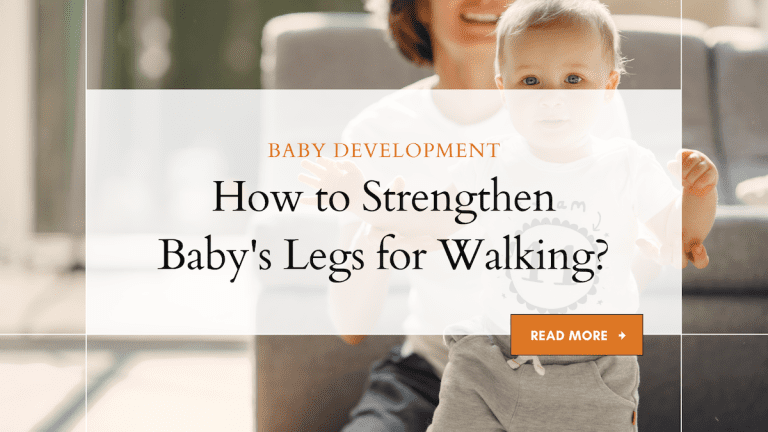Understand Baby Bottle Nipple Sizes for the Best Fit
Hey there, parents – when it comes to feeding our little ones, the baby bottles and the nipple sizes we choose play a big role.
You might wonder if nipple sizes are even that important. But yes, the size matters! Good bottle nipple sizes ensure a smooth and healthy feed.
The problem is that they come in many different sizes, and it can be confusing to choose the right-fitting one. So, to guide you, I have penned down useful information on choosing the correct baby bottle nipple sizes for your munchkin.
Table of Contents

About Baby Bottle Nipple Sizes
So, before I jump into providing the top tips to choose the right nipples, take a look at the different baby bottle nipple sizes by age.
I decided to introduce the bottle early for some of my older children. However, I was not aware of the right nipple size back then. Now, I know a lot more about nipple sizes and this has helped me choose the right one for my youngest baby, Theo. Take a look.
| Size | Features |
|---|---|
| Preemie | Ideal for premature babies and those who prefer slow-feeding Extra slow flow. |
| Size 1 | Recommended age is for newborns and babies below 3 months Slow flow Mimics breastfeed quite well |
| Size 2 | Ideal for babies aged 3 – 6 months Medium flow speed |
| Size 3 | The recommended age is 6–9 months Ideal for babies who have started solid foods Flow is fast and allows your baby to consume milk even when they’re sitting |
| Size X | Can be used from a newborn stage X cut tip with adjustable flow Controllable feeding pace |
| Size Y | Ideal for babies aged 6 months and above Y-cut tip Easy flow even for thickened milk like cow milk |
Note: The sizes mentioned above are according to age. However, if your baby shows signs of slow feeding or frustration, you may level up the nipple size even before they reach the recommended age.
Also, if you are new to bottle-feeding, check out the AAP’s bottle-feeding basics and understand how many baby bottles you’ll need for your little one.
If you’re travelling or outdoors, and bottle-feeding feels like a challenge or your baby prefers staying close during feeds, a baby carrier can be a real lifesaver. It keeps your baby content and ensures a smooth, hands-free feeding session when you’re on the go. Check out our guide on the best baby carriers for feeding while you’re moving!
How to Select the Right Nipple Size?
When I wanted to get a nipple for my baby Theo, I was surprised to know that these nipples come not only in different sizes but also in shapes and materials. My hunt became even more complex when I found out that these nipples did not fit every feeding bottle. That was annoying, to say the least.
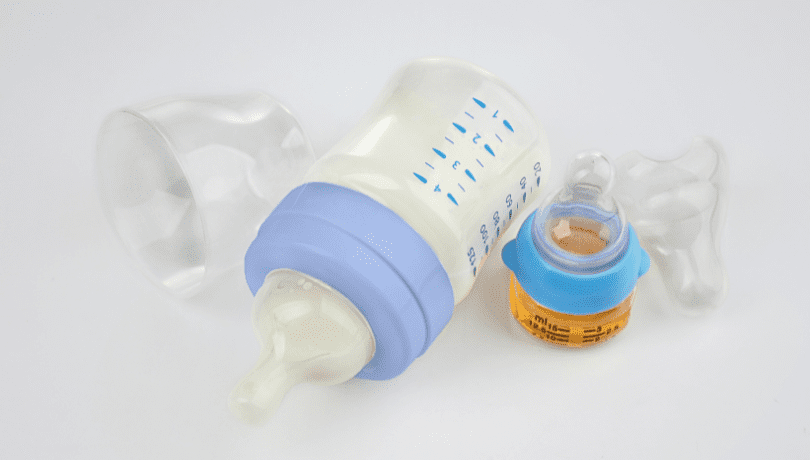
But you can learn from my mistakes. Check these 3 factors to choose the right nipple size:
The Material
- There are plenty of options available in the market, but the most common one is silicone. And personally, silicone is the best one I’ve ever tried. This food-grade material is very comfortable and easy to clean.
- There’s another option too – latex. But, I did not like this material; it seemed too thick. However, I leave the choice up to you, dear parents.
Shapes
- Nipples come in different shapes: breast-like, standard, and orthodontic. I chose a standard shape for Theo because I wanted him to be comfortable with bottles for longer use.
- Some mothers choose breast-like or orthodontic, as it is designed to mimic the shape of the breast to provide comfort for the baby. So, make sure you remember these shapes and choose one that works well for you.
The Size-Flow Rates
- For mothers who are looking to introduce bottles right from the newborn stage, a size 1 nipple is best. As babies grow, you can change the nipple size.
- In my case, Theo took a size 1 nipple only for two months. Soon, he began to demand more milk, so I changed it to size 2 for better flow when he was very close to 3 months old. Just know that this is completely your call.
Recommended Reading: Reasons Why Your Baby Squirms While Bottle-Feeding
When To Change Nipple Sizes?
When it comes to feeding a baby, the level of intake is important. My husband, Terry, and I discussed this together and that’s where we learned that baby bottle measurements and nipples will keep changing as a baby grows.
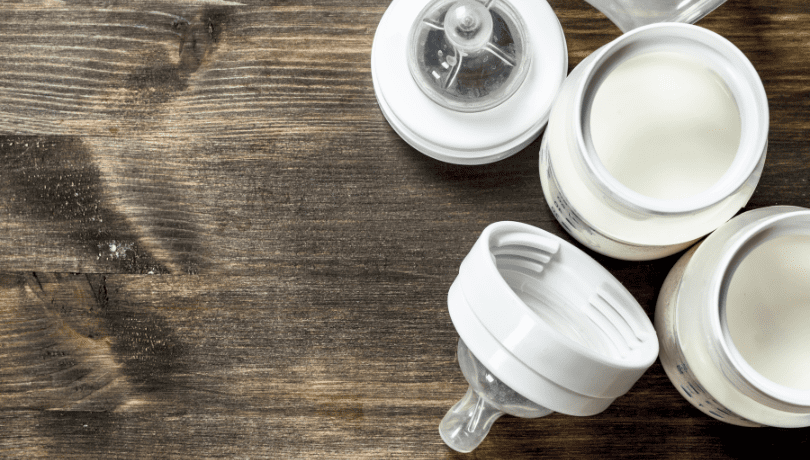
When Theo was feeding, I made sure to pay attention to the feeds and the pattern he followed. That helped me change the nipple levels according to his needs. So, here are a few common signals babies give you that clearly demand a nipple change.
Signs to Level up the Nipple Size
- Aggressive sucking
- Frustration during the feed
- Taking longer to finish the milk
- Repetitive hunger every few hours
Parents, some babies will need to take the process slow too. It’s not always about leveling up. You might need to level down in a few situations. So, here are a few signs to slow down a bit and level down the nipple size.
Signs to Level Down
- Milk spilling out of the baby’s mouth
- Digestive issues post-feeding
- Cough, spit up, and gulping issues
- Moving their head away from the bottle
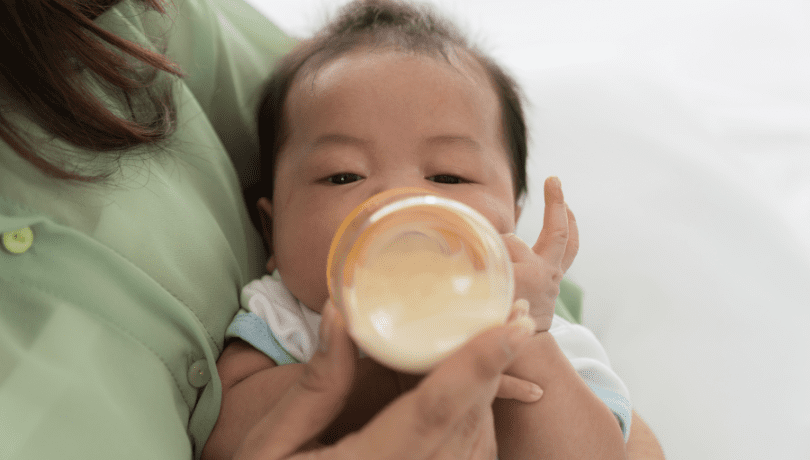
A dear friend of mine recently told me about how her baby changed to a size 2 very soon. She said–
“We went up to size 2 when she was 8 weeks old. We saw her getting exhausted with feed and even leaving milk in between. So, that’s when we decided to get her size 2 nipple. We were fortunate enough that she accepted the change and had comfortable feeding since then.”
So, please be aware of your baby’s feeding patterns, since all babies grow at their own pace.
Baby Nipples for Feeding Bottles: My Top 5
I have explored many options and brands, and in the process, I discovered brands that offered highly compatible nipples that were adjustable with different bottles. Therefore, I have curated a few for your reference.

1. Tommee Tippee Natural Baby Bottle Teats
- Comes with an anti-colic valve
- BPA-free
- Ideal for pace-feeding
Available on Amazon
- Size: Available in different sizes
- Material: Silicone
- Shape: Breast-like natural latch
2. Dr. Brown’s Natural Flow Teat
- Comes with a consistent flow rate
- Anti-colic vent
- Easy to clean
Available on Amazon
- Size: Available in all sizes (1,2,3,Y)
- Material: Silicone
- Shape: Breast-like natural latch
3. Phillips Avent Natural Response Bottle Teat
- Comes with an anti-colic valve
- It has a no-drip nipple, i.e. it only releases milk when the baby is feeding
- Flow is adjustable
Available on Amazon
- Size: Available in all sizes
- Material: Silicone
- Shape: Breast-like natural latch
4. MAM Teats
- Ideal for babies who suck vigorously
- BPA free
- Comes with an air valve to avoid digestion issues
Available on Amazon
- Size: Available in all sizes
- Material: Silicone
- Shape: Flat and symmetrical
5. NUK Baby Teats
- Comes with an anti-colic valve
- BPA free
- Has a flow control option
Available on Amazon
- Size: Small and medium
- Material: Silicone
- Shape: Orthodontic
Note: These nipples are compatible with most feeding bottles. That’s why these remain my top 5.
To Conclude: Baby Bottle Nipple Sizes
When it comes to feeding a baby, you will have to keep experimenting now and then. Also, keep checking on the signs your child shows while drinking milk. If the flow is too quick or too slow, you know the time has come for a change in nipple size. You also have to know when to use a size 2 nipple or change it to a 3.
Nipples come in different sizes and materials; all you need to get is the right one. And if your baby has trouble while feeding, or gets bloated and has other digestive issues, do not hesitate to check with your doctor.
So, I hope you’ve found some clarity on nipple sizes now! See you next time!
